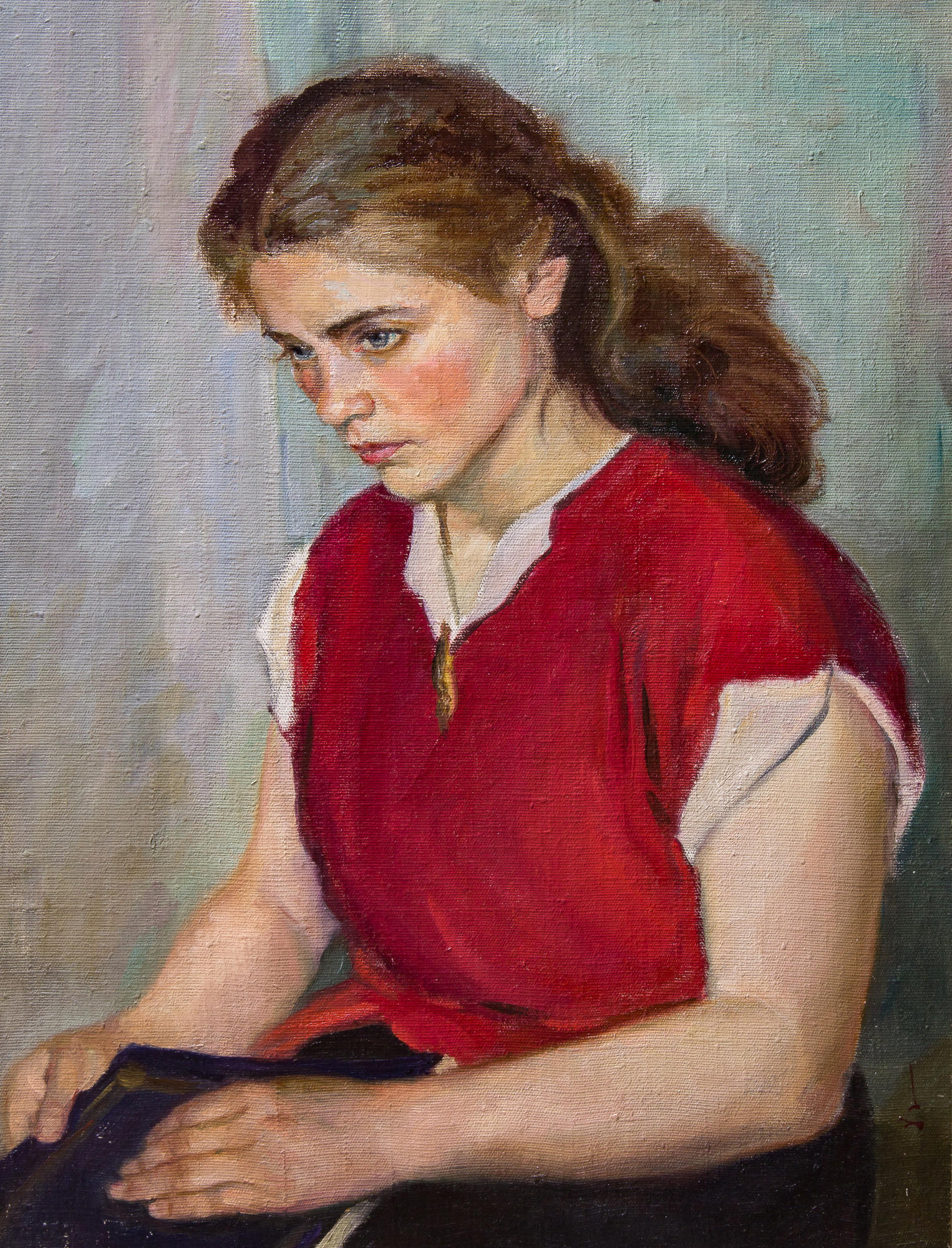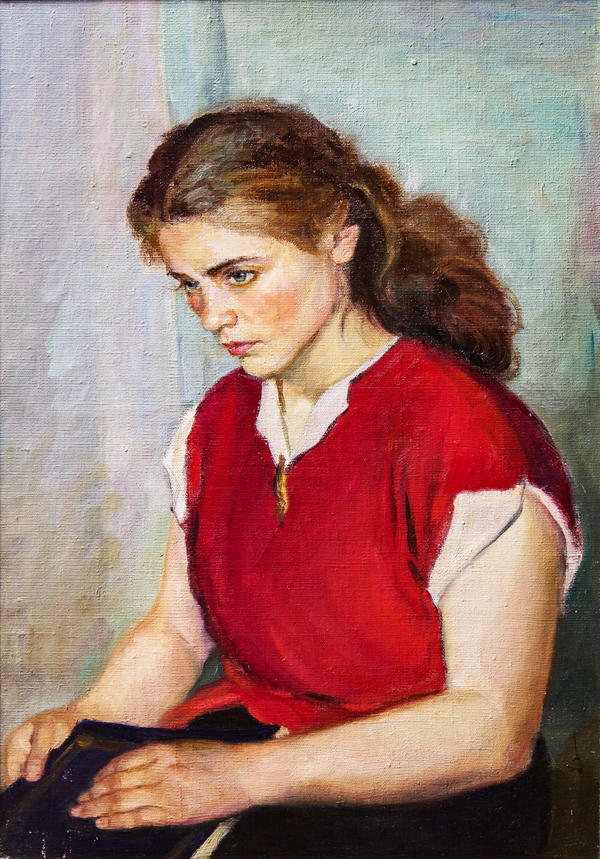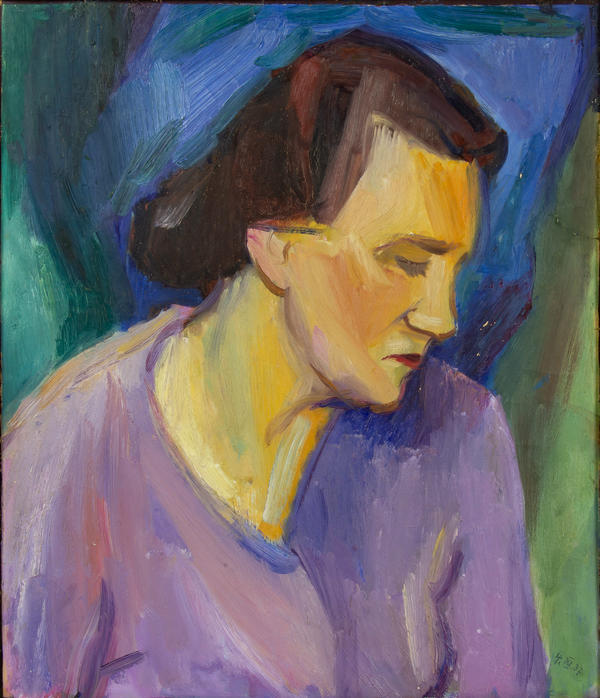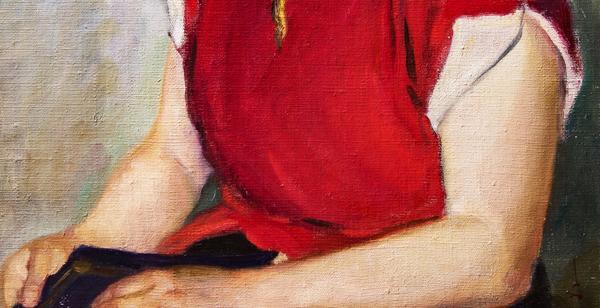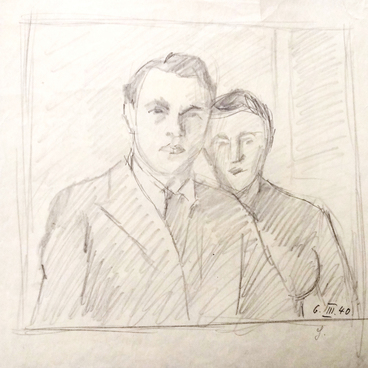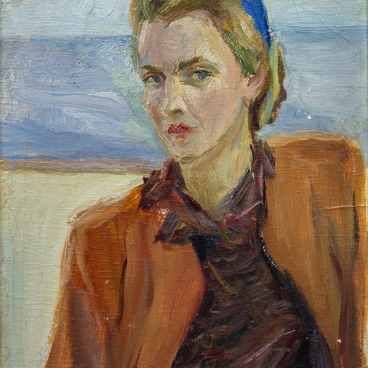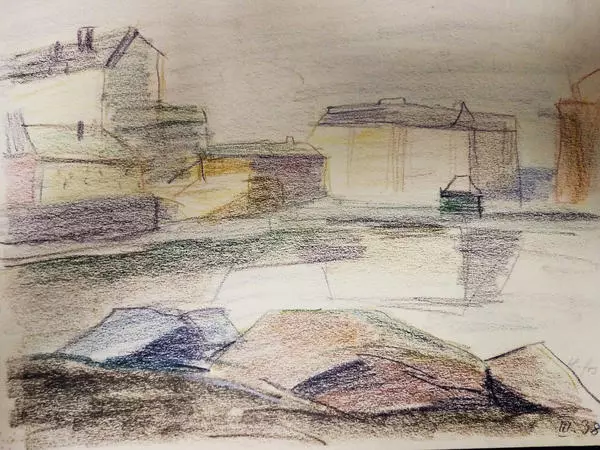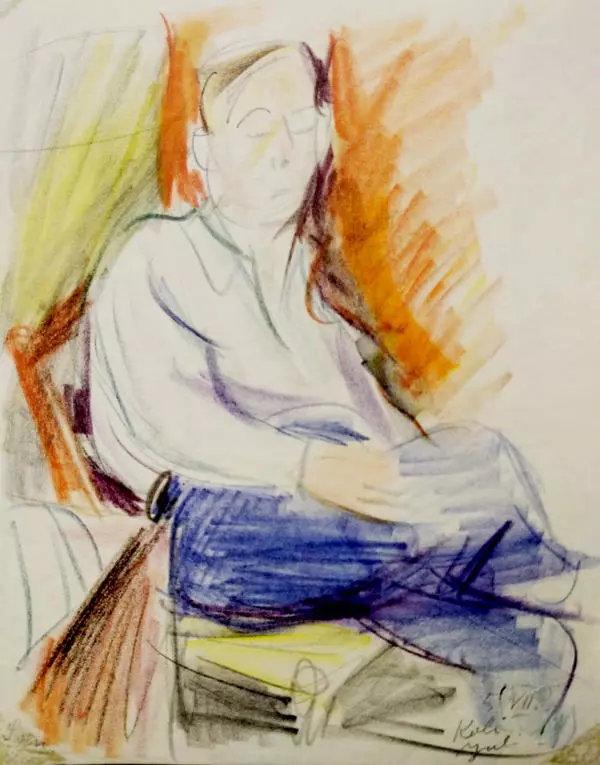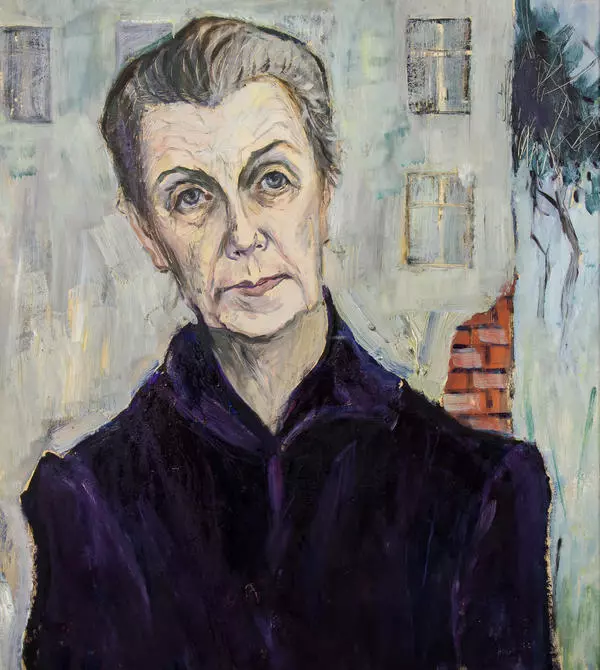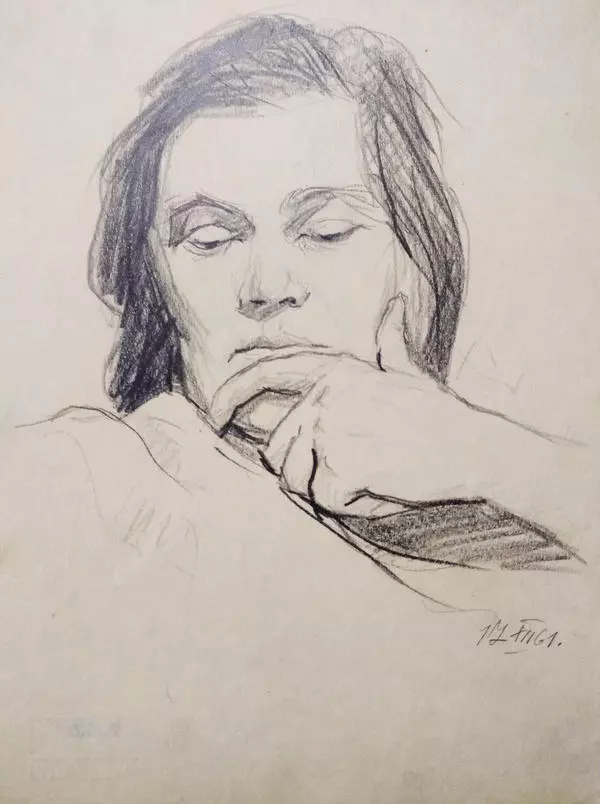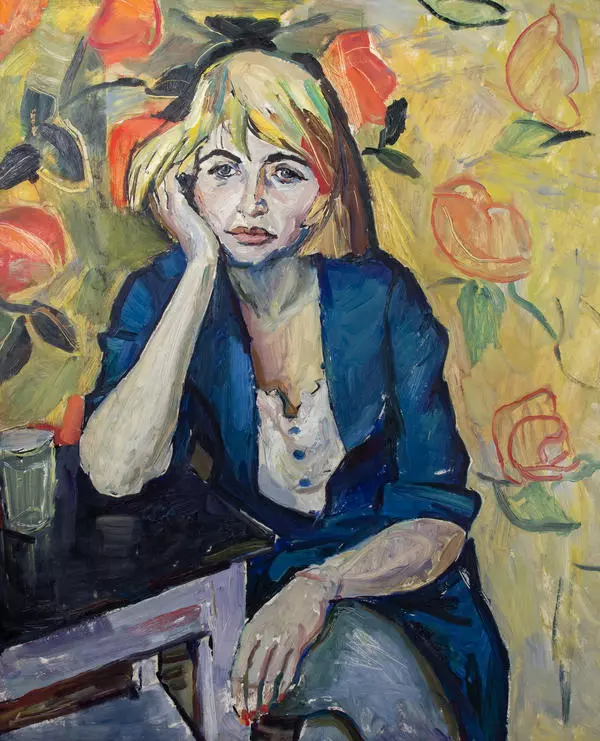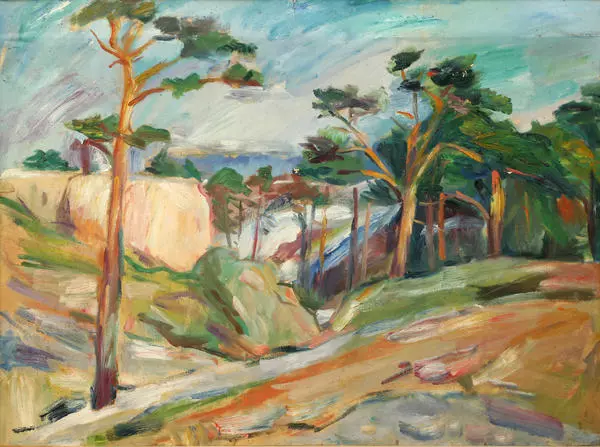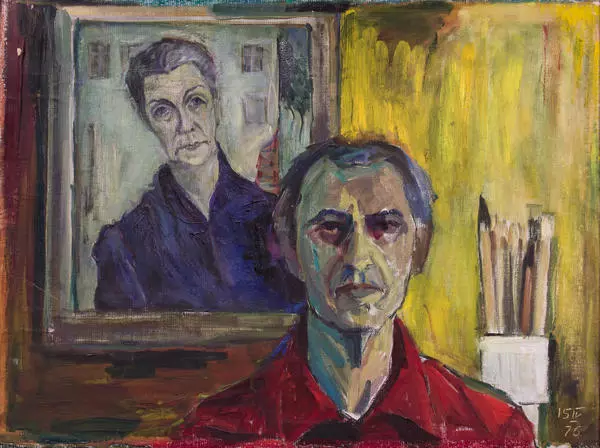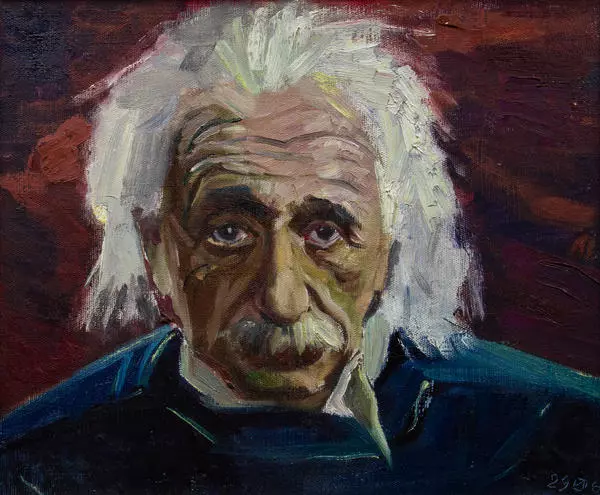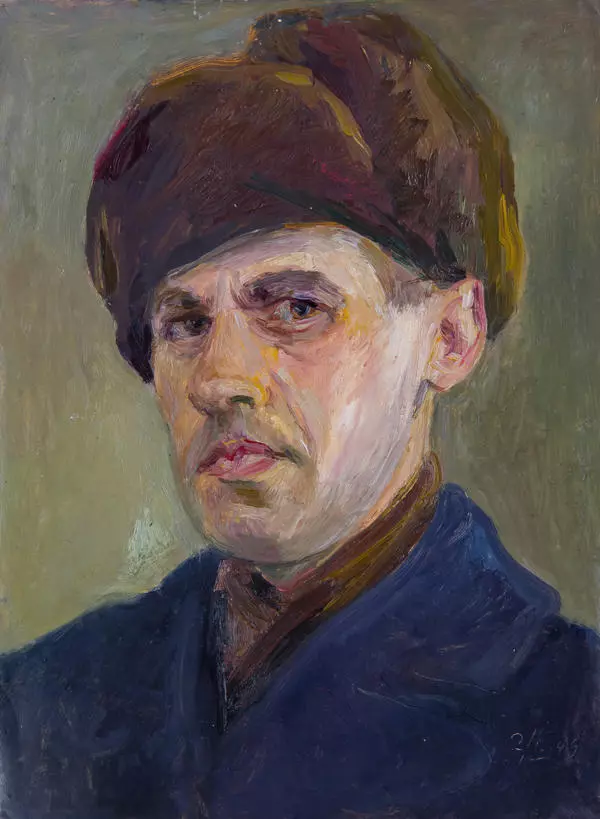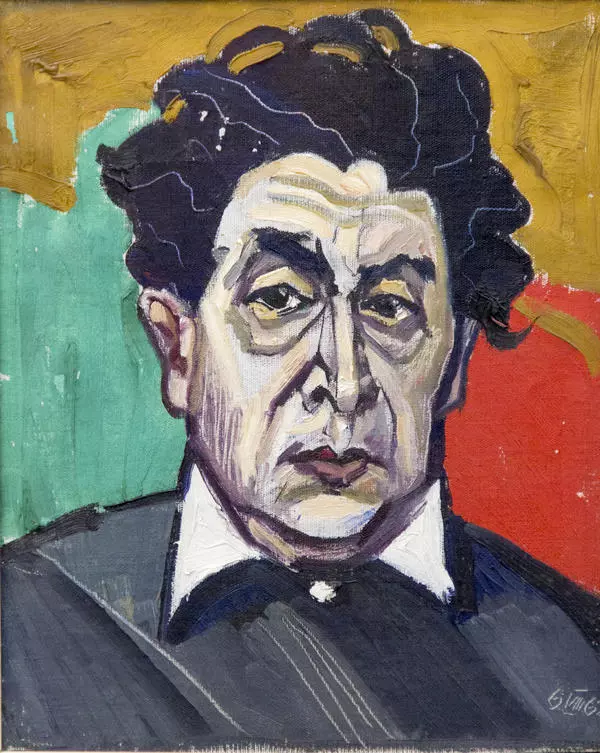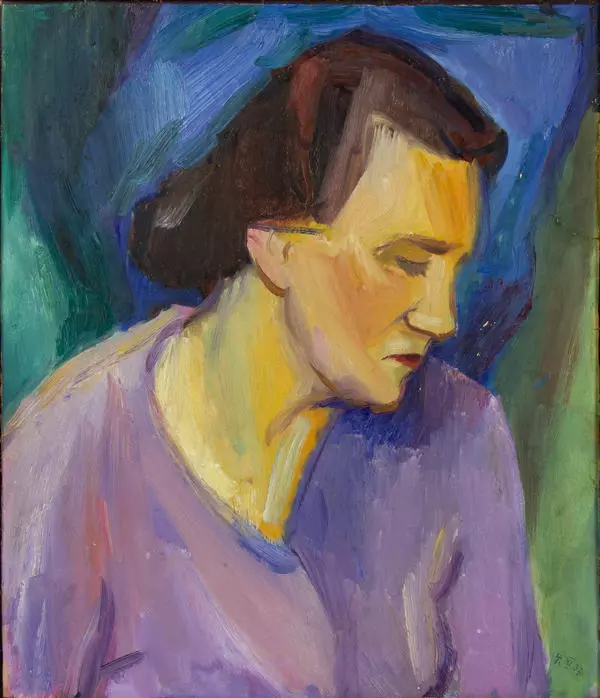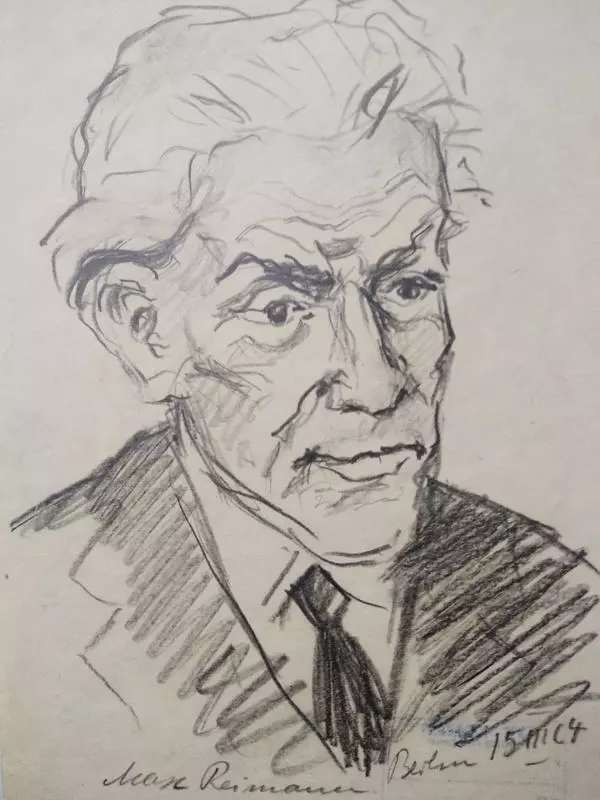Jurgis Preiss painted Vera’s Portrait in 1954 with oil paint on a canvas. He depicted a student of Tomsk Medical Institute. ‘Author seems to be afraid to scare away the one-minute daydreams of the girl bending her head over a book. He admires flowing motions of her hands, her withdrawn and self-absorbed stare, the lush locks of her beautiful hair casually gripped on the back of her head… Charm and magnificent femininity, gentleness — that’s the core motif of this portrait’, this is what the researchers of Preiss work wrote in their article for the arts catalogue in 1974.
Vera’s Portrait is part of the series of portraits of Tosk Medical Institute staff. Jurgis Preiss arrived to Tomsk in 1940-s: after the start of the Great Patriotic War, he, along with many other Germans, was exiled to Siberia. He stayed there until his death.
Vera’s Portrait is part of the series of portraits of Tosk Medical Institute staff. Jurgis Preiss arrived to Tomsk in 1940-s: after the start of the Great Patriotic War, he, along with many other Germans, was exiled to Siberia. He stayed there until his death.
